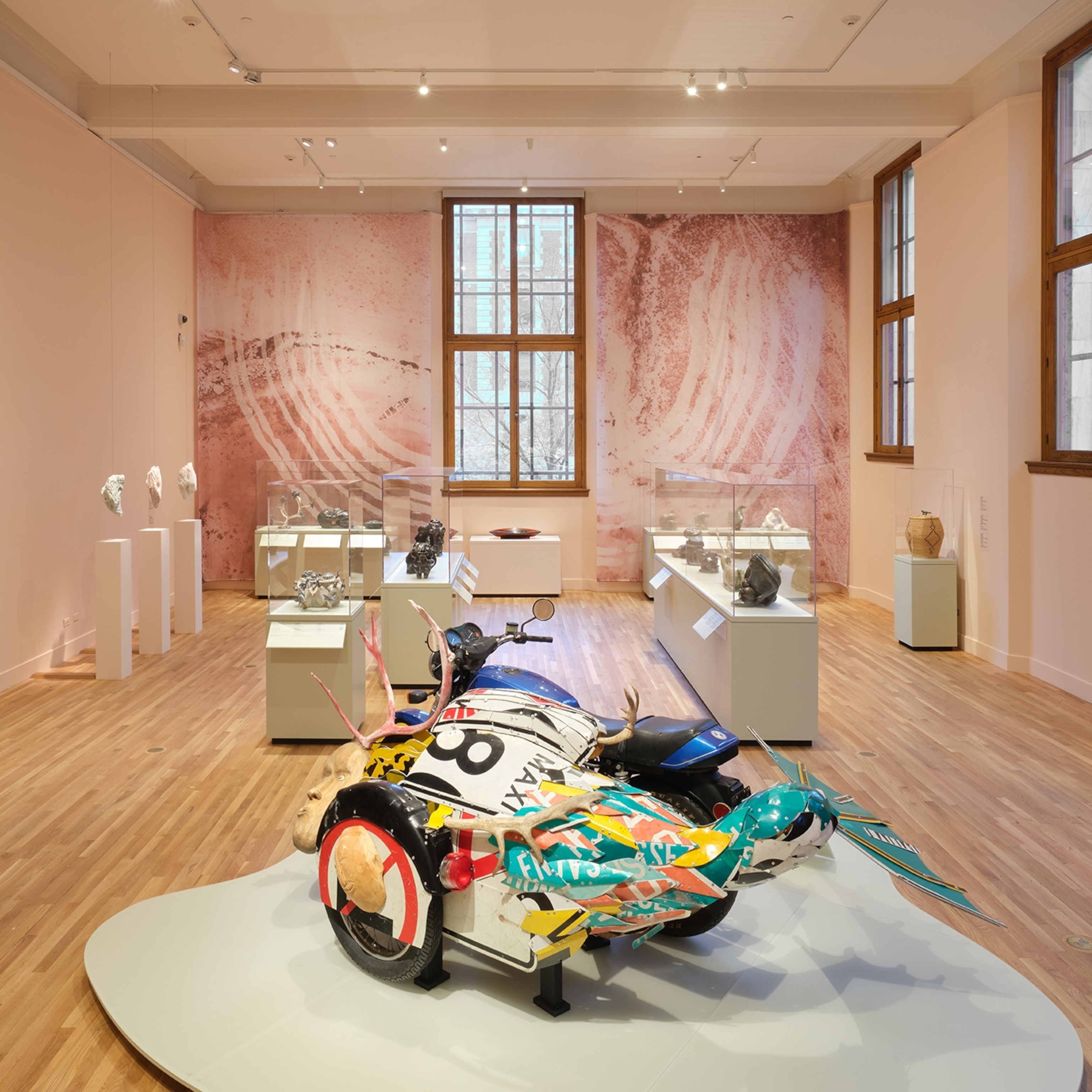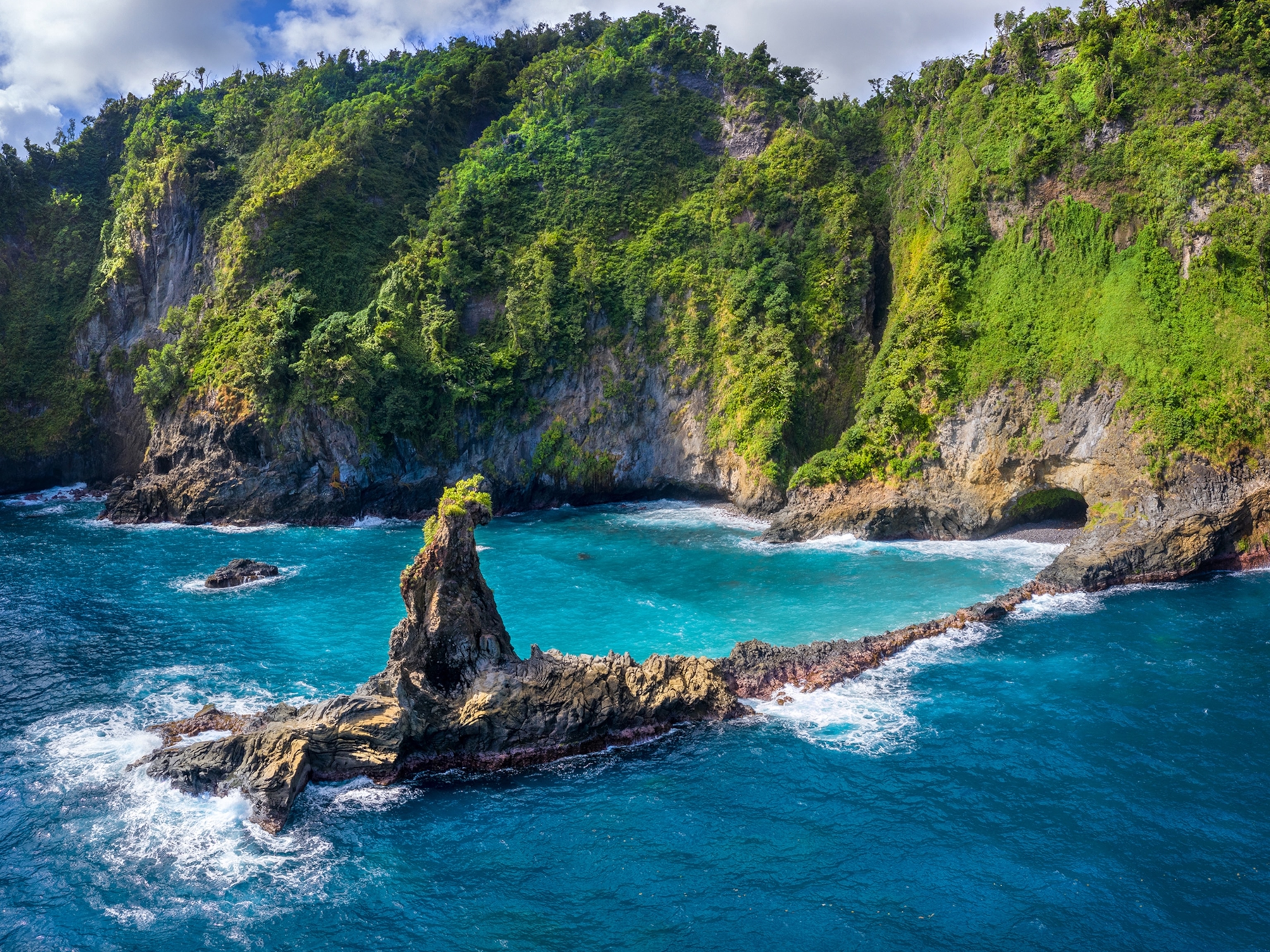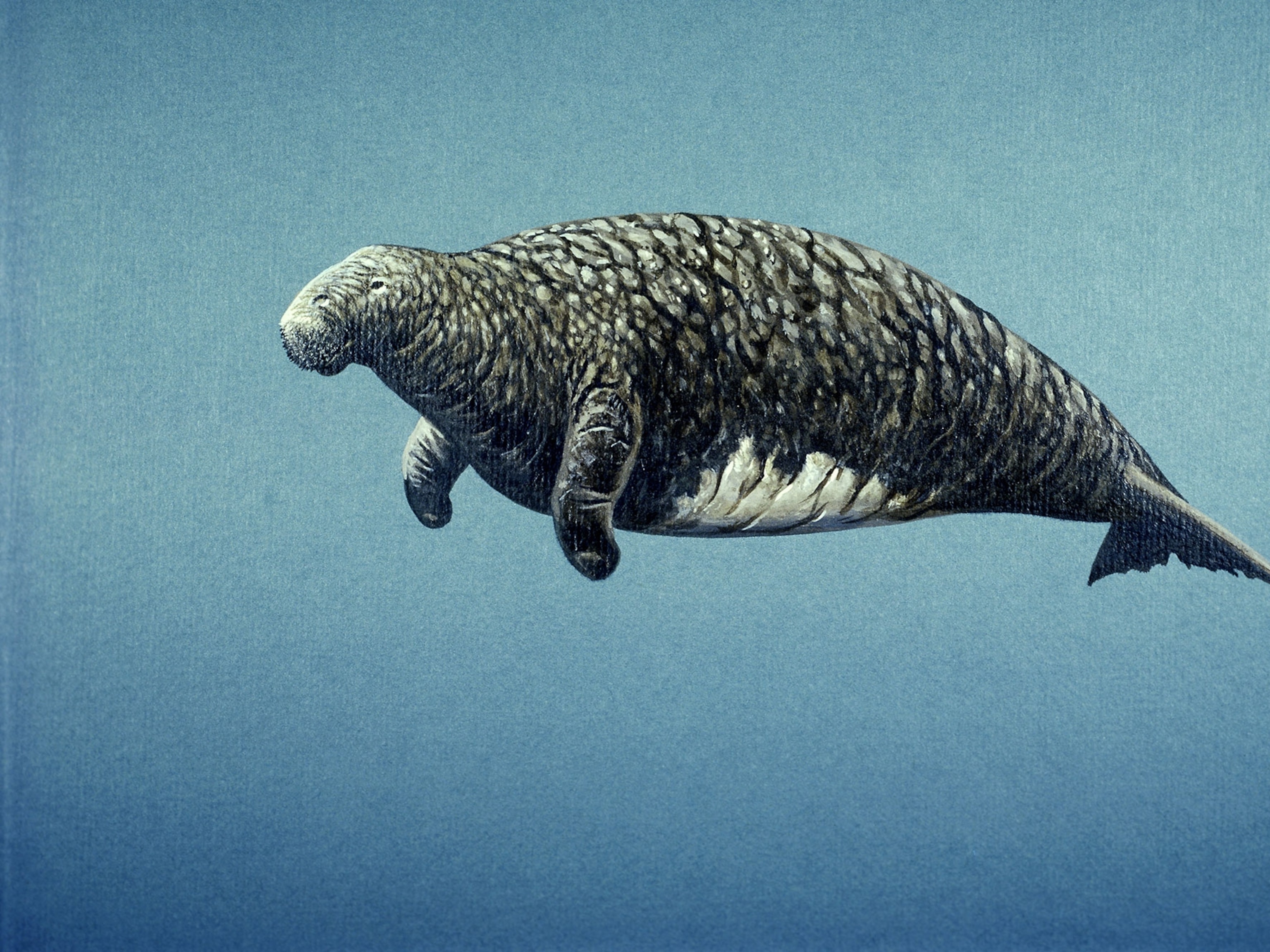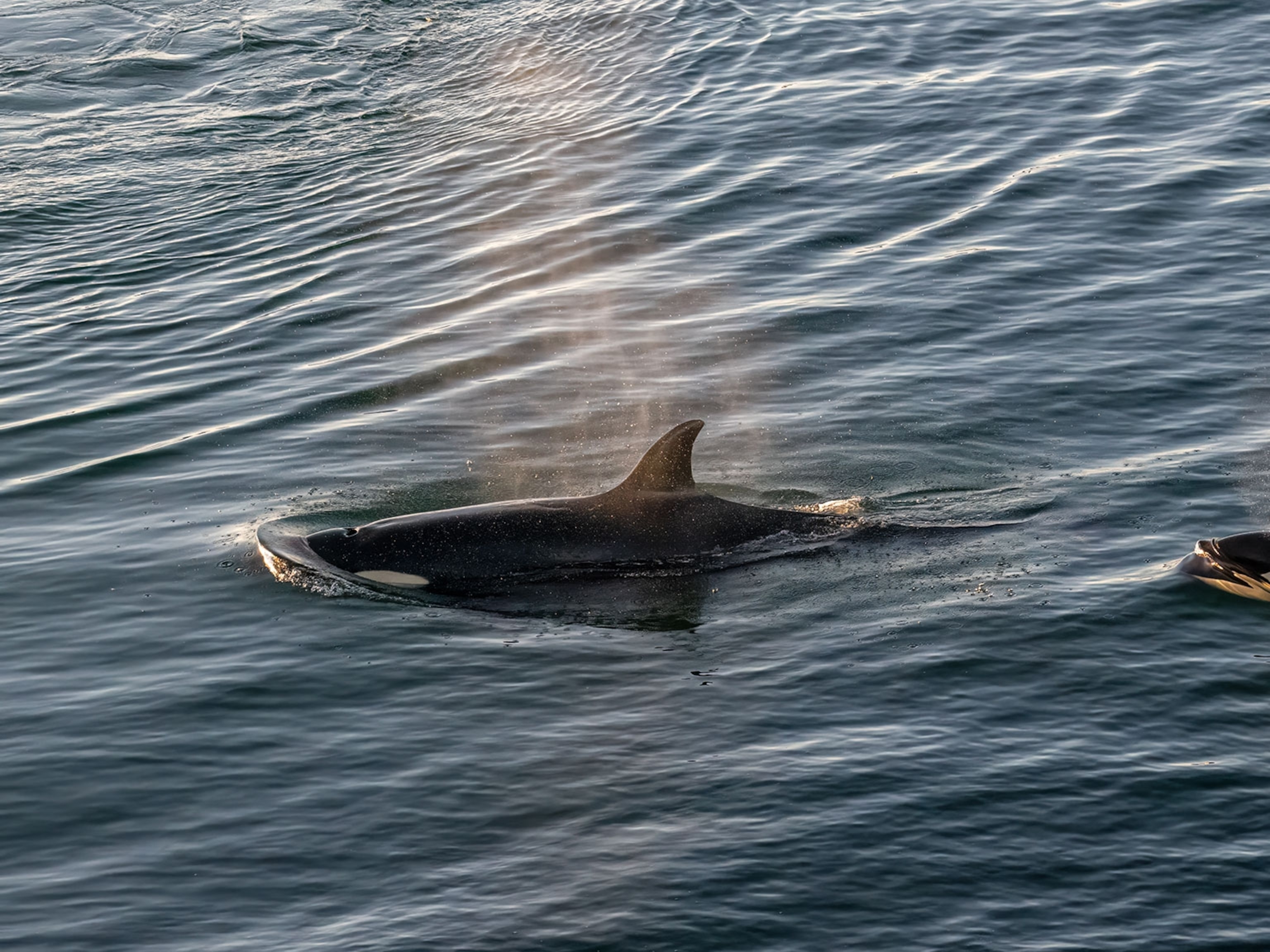Hawaii Is Now Home to an Ocean Reserve Twice the Size of Texas
A 583,000-square-mile "no-take" zone: President Obama just quadrupled the size of a national marine monument off northwestern Hawaii.
Capping a week of 100th anniversary celebrations for the National Park Service, President Barack Obama on Friday turned to the ocean to create the largest protected area anywhere on Earth—a half-million-square-mile arc of remote Pacific waters known for both exceptional marine life and importance to native Hawaiian culture.
The Papahānaumokuākea Marine National Monument, established in 2006 by President George W. Bush, already covered 140,000 square miles of ocean around the uninhabited northwestern islands of Hawaii, Obama’s home state. (Learn about the name and how to pronounce it.)
Obama more than quadrupled Papahānaumokuākea’s size, to 582,578 square miles, an area larger than all the national parks combined. Using his executive authority under the U.S. Antiquities Act, he extended most of the monument’s boundary—and its prohibition of commercial fishing—out to the 200-mile limit of the exclusive economic zone (EEZ).(Read about a monument established this week in the Maine woods.)
Hawaii governor David Ige remarked on the “tremendous” debate within Hawaii over the monument and its fishing exclusion. But in the end, he said, the expansion “strikes the right balance at this time for the waters surrounding the Hawaiian Islands, and it can be a model for sustainability in the other oceans of planet Earth.”
Papahānaumokuākea is a sanctuary for endangered species, including blue whales, short-tailed albatrosses, sea turtles, and the last Hawaiian monk seals. It contains some of the world’s northernmost and healthiest coral reefs, considered among the most likely to survive in an ocean warmed by climate change. The seamounts and sunken islands of its deeper waters are inhabited by more than 7,000 species, including the oldest animals on Earth—black corals that have lived for more than 4,000 years.
In all, a quarter of the creatures living in the monument are found nowhere else. Many more have not yet been identified—such as a ghostly little white octopus, recently discovered, that scientists have dubbed Casper.

Marine biologist Sylvia Earle, a National Geographic explorer-in-residence, said Obama’s announcement buoys hope that the United States can lead the way to a global network of marine-protected areas large enough to save and restore the oceans. These “blue parks,” as Earle calls them, “are not a luxury – a place to go and have a good time,” she said. “Resilience to climate change is dependent upon having significant areas of natural protection—for biodiversity and for all the things that hold the planet steady. This is vitally important to protect our life-support system.”
This announcement came on the eve of the World Conservation Congress, when leaders will meet to discuss preserving the planet.
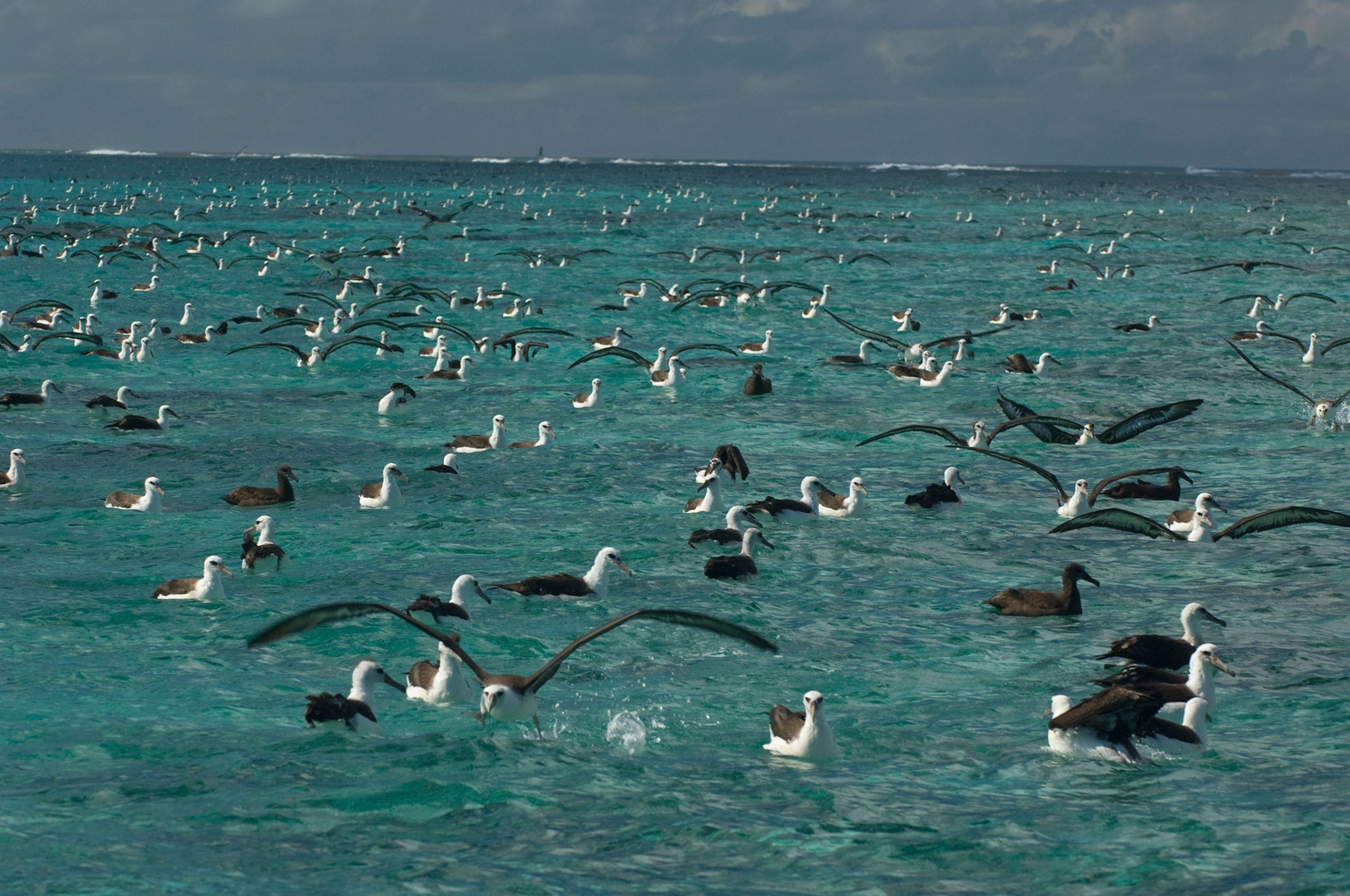
An Intense Fight Over Fishing
Some marine scientists and conservationists argue that fishing, mining, and other types of exploitation should be prohibited in at least 30 percent of the oceans to protect sea life and the benefits it provides humanity. With the expansion, the U.S. now has some 1,200 marine protected areas covering 26 percent of marine waters, said Lauren Wenzel, director of NOAA’s National Marine Protected Areas Center. But the majority allow fishing or some other form of resource extraction.
The Papahānaumokuākea expansion increases the portion of “no-take” areas from 3 percent to 13 percent of U.S. marine waters. Almost all of that protected ocean—more than 98 percent—is in Papahānaumokuākea.
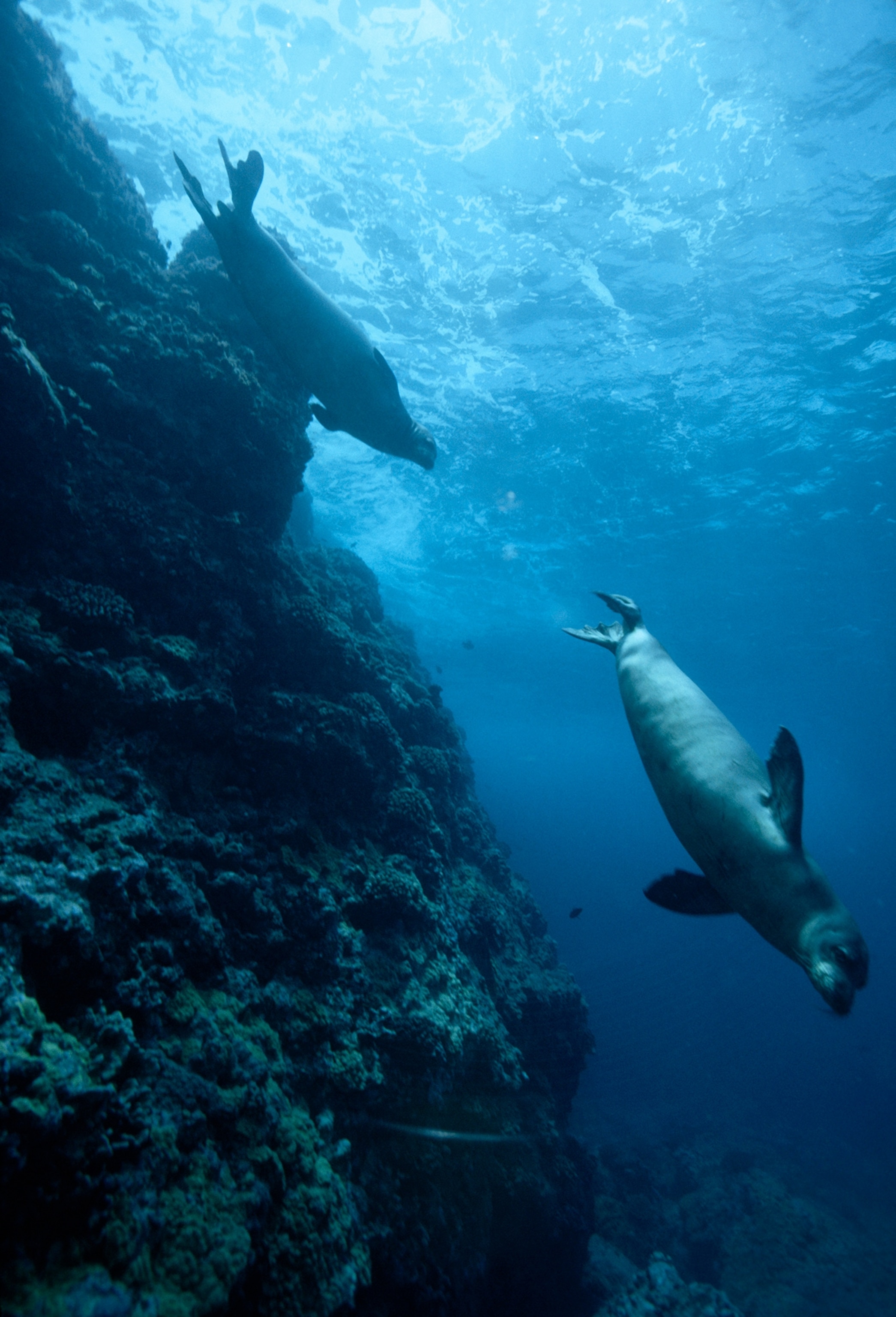
Despite popular proposals to protect some of the last great troves of marine biodiversity in the East, such as Cashes Ledge in the Gulf of Maine, or the canyons and seamounts off New England’s continental shelf, so far no marine monument has been created in the Atlantic Ocean. The history and power of the 400-year-old New England fishing industry make that a more difficult political challenge, said Robin Kundis Craig, a University of Utah law professor who specializes in the oceans. “Some of this is protecting what’s easier,” Craig said of the Papahānaumokuākea expansion.
Citing that imbalance and the impact to Hawaii's longline fleet, the fishing industry vigorously fought the Papahānaumokuākea expansion—in TV ads and YouTube videos, in town hall meetings and in the capitols in Washington and Honolulu. Ultimately, support from Hawaii lawmakers helped cinch the president’s decision. U.S. Senator Brian Schatz brokered a compromise that maintained the monument’s existing boundary on its far eastern end, allowing fishermen from Kauai and Niihau to continue working their traditional grounds inside the EEZ.
Edwin Ebisui Jr., chairman of the Western Pacific Regional Fishery Management Council, isn’t happy with the compromise. He and leaders of the seven other councils that manage regional fisheries along the U.S. coastline all wrote to President Obama to urge that they be allowed to continue managing fisheries in any monuments created under the Antiquities Act.
But the longliners who once fished for tuna inside the newly expanded Papahānaumokuākea will now have to stop. Although the name of the monument is meant to honor Native Hawaiian culture, which considers the Northwestern Hawaiian Islands sacred, Ebisui sees the expansion as a blow to that culture. “To the native Hawaiian, access to marine resources is very, very important and always will be,” he said. “I don’t see how quadrupling the size of the prohibited fishing area in any way furthers their cultural interests."
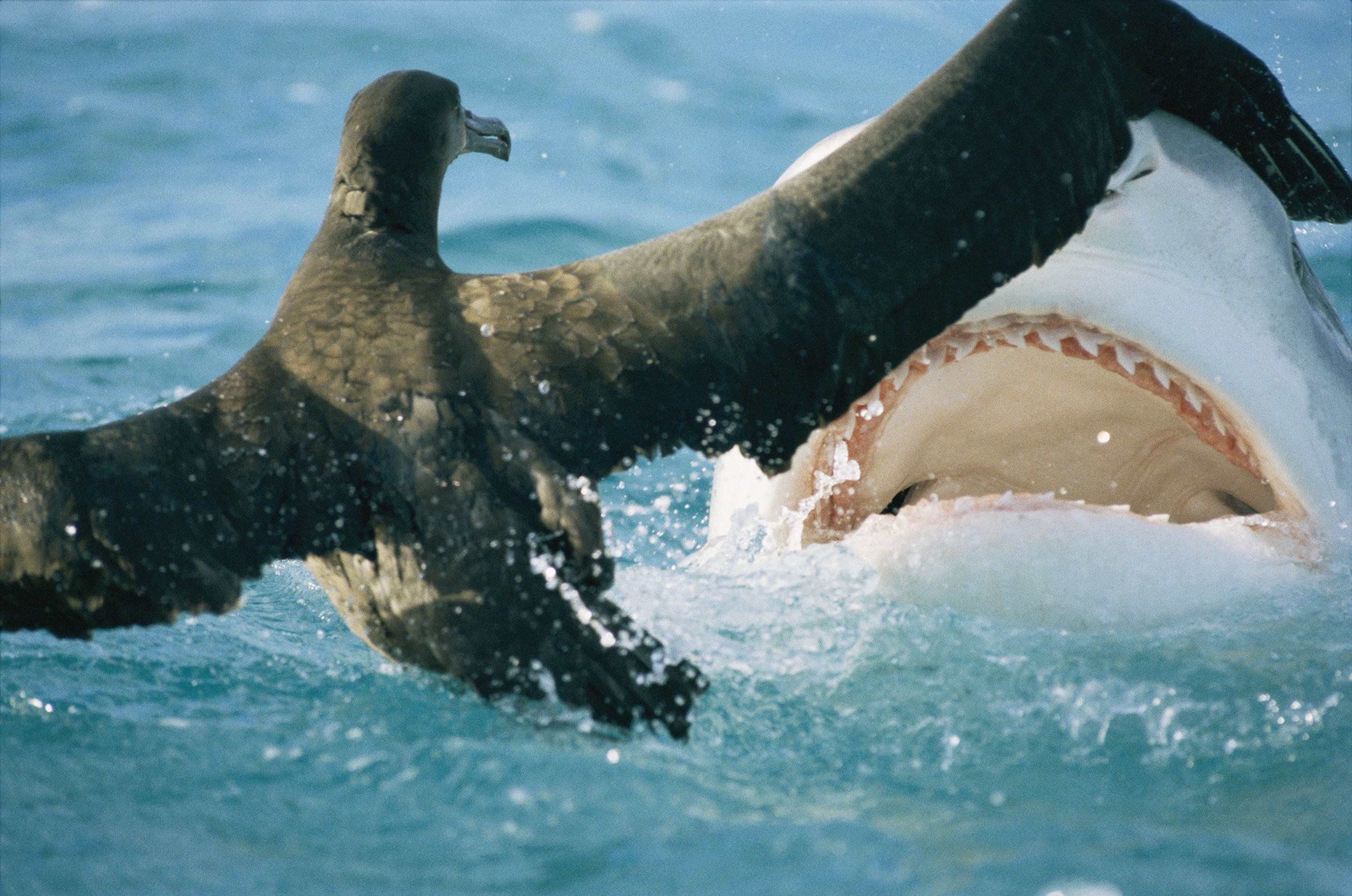
"With so much of our EEZ off-limits, it feels as if Hawaiians are taking it for the team again,” Ebisui said, referring to the long history of reserves established on and around the Hawaiian Islands, by Democratic and Republican presidents alike.
Taking the Long View
Although the Antiquities Act was signed into law in 1906 by a Republican president, Theodore Roosevelt, the modern GOP has drawn a bead on it. Obama has so far created 25 national monuments, some as small as individual buildings. (Read about a large monument he established in New Mexico.) The Republican platform adopted at the party convention this summer in Cleveland calls for a change in the law to require monuments to be approved by both Congress and state legislatures.
But the power of the Antiquities Act, said historian Douglas Brinkley, author of environmental biographies of both Theodore Roosevelt and Franklin D. Roosevelt, lies in its ability to transcend industrial or regional influence to protect lands and waters of overarching interest to all Americans. “Presidents in their last year of office need to do what’s visionary,” Brinkley said. “It’s not about ‘what I can get in the last year.’ It’s about the long-term, which is the essence of conservation.” (Read the Act; it's only a page long.)
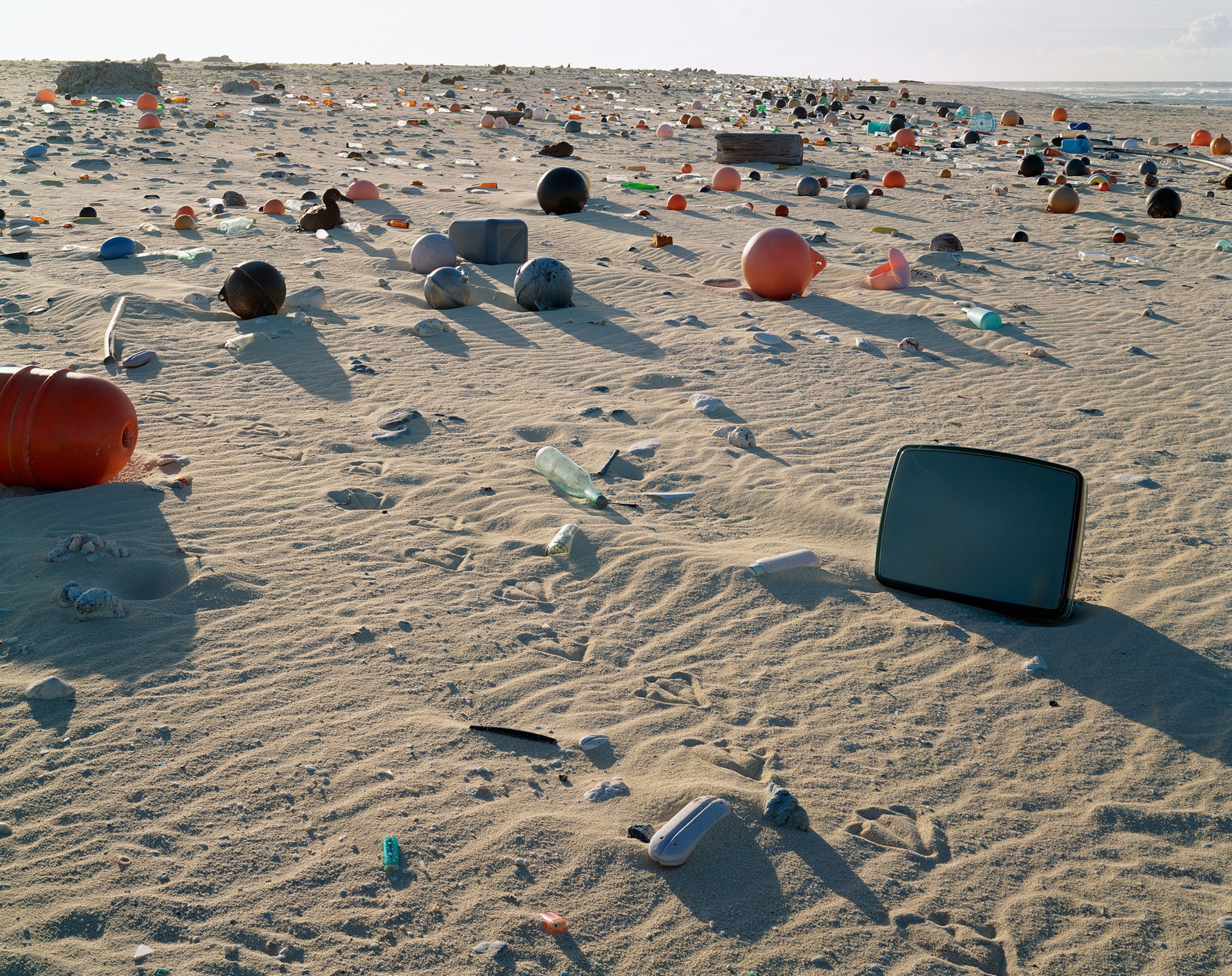
When Congress passed the Antiquities Act, the focus was on preserving southwestern prehistoric sites such as burial mounds and cliff-dwellings. By the time Teddy Roosevelt left office less than three years later, however, he had used his new privilege to protect 18 national monuments, and they included iconic landscapes such as Mount Olympus in Washington and Muir Woods in California as well as archeological sites. One of Roosevelt’s designations was the Grand Canyon. At the time, its protection was vehemently opposed by locals who called the area “strictly mineral country.”
Follow Cynthia Barnett on Twitter.



